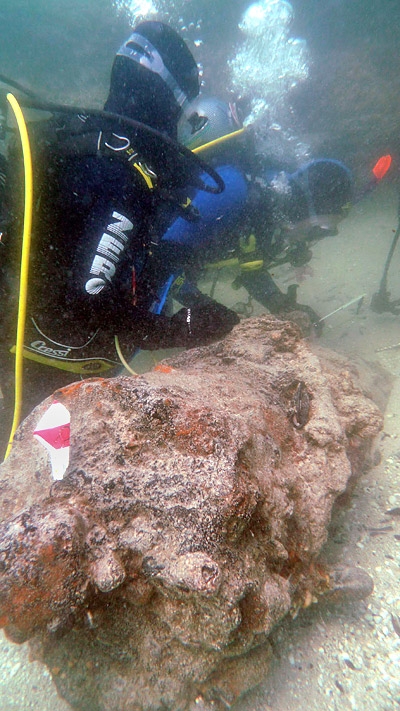2011 Field School ‘Crossroad of Cultures’ Robben Island South Africa
The Robben Island field school in January and February 2011 investigated and documented the tangible and intangible heritage of Robben Island, encompassing the remains associated with various political prisoners, the Muslim exiles, the lepers and lunatics, the WWII soldiers and Navy personnel, the prison and hospital staff. There was a special focus on the VOC Company’s Gardens and the connection with the maritime and underwater cultural heritage on and around the island.
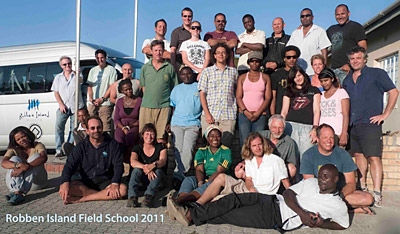
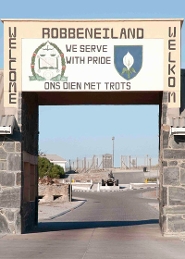
Robben Island, most famous as the prison of Nelson Mandela during the Apartheid period, has a recorded history that goes back to the 16th century. The political prison and apartheid story are the most famous and obvious historical layer, attracting thousands of visitors each year. Less obvious are the other varied roles that the Island has served over its long history. Strategically located in the Table Bay halfway between Europe and Asia it played an important role during the times of the European expansion. Serving as postbox for passing ships and pantry for early settlers it served since the establishment of the Dutch Cape Colony in the 1650’s as a place of exile of both criminals and political prisoners from Africa and other places in Asia. In the water around the island at least 72 shipwrecks from thirteen flag states, dating from the early 17th century to date, underline the important maritime history of South Africa.
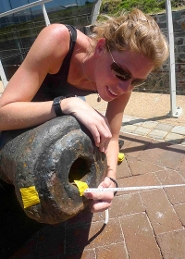
The Robben Island field school took place in January and February 2011 and focused on heritage management and maritime archaeology. Aim of the field school was to investigate and document the tangible and intangible heritage of the Island, encompassing the remains associated with various political prisoners, the Muslim exiles, the lepers and lunatics, the WWII soldiers and Navy personnel, the prison and hospital staff. There was a special focus on the VOC Company’s Gardens and the connection with the maritime and underwater cultural heritage on and around the island.
The students were involved in aspects of the Heritage Management Plan of Robben Island. Students will work on the interpretation of the UNESCO mandate and site reports and investigate ways of putting a sustainable plan into action that will benefit the World Heritage Sites, the Island, its community, visitors and other stakeholders.
Based in the former medium security prison on Robben Island that serves now as Multi Purpose Learning Centre students in archaeology and heritage management from South Africa and the Leiden University worked closely together with staff members of Robben Island Museum (RIM) and the South African Heritage Resource Agent (SAHRA). Dr. Robert Parthesius from the Faculty of Archaeology Leiden University and Anouk Fienieg from the Centre for International Heritage Activities (CIE) supervised the teams.
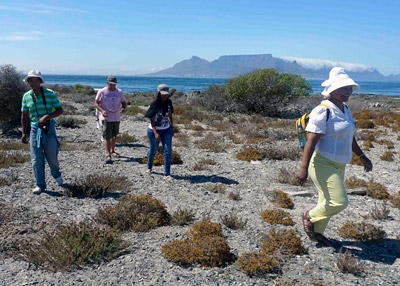
The teams concluded their field school assignments with a database of the documented and surveyed heritage sites and the presentation of a proposed ‘Heritage Walking Trail’ connecting various historical layers and offering a more diversified visitors experience.
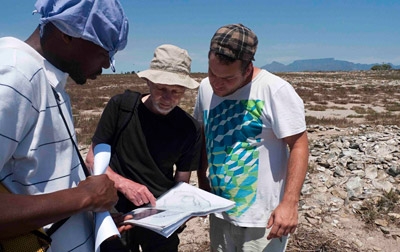
In the second half of the field school the Nautical Archaeology Society (NAS) Introductory , Part 1 and Part 2 courses on Maritime and Underwater Cultural Heritage were conducted by Dr. Bill Jeffery (CIE) and Dr. Robert Parthesius and Jonathan Sharfman (SAHRA and LU PhD candidate). A NAS part 3 course was given on in-situ conservation by specialist of the Western Australian Museum.
